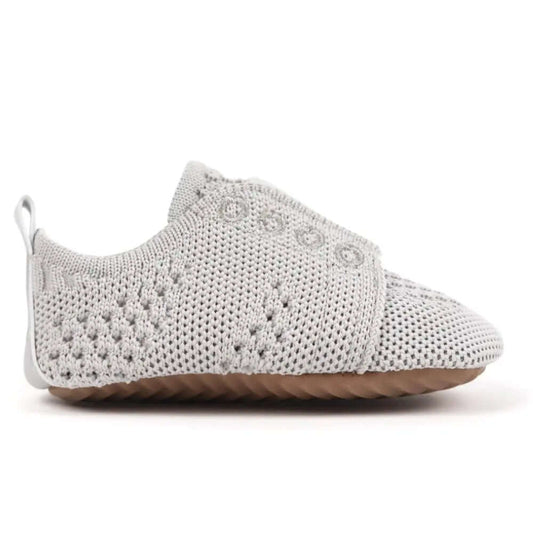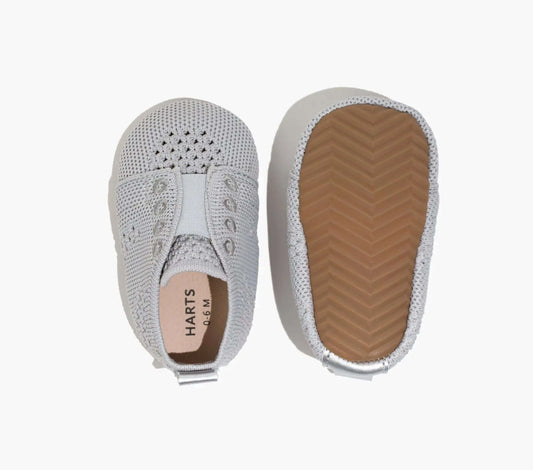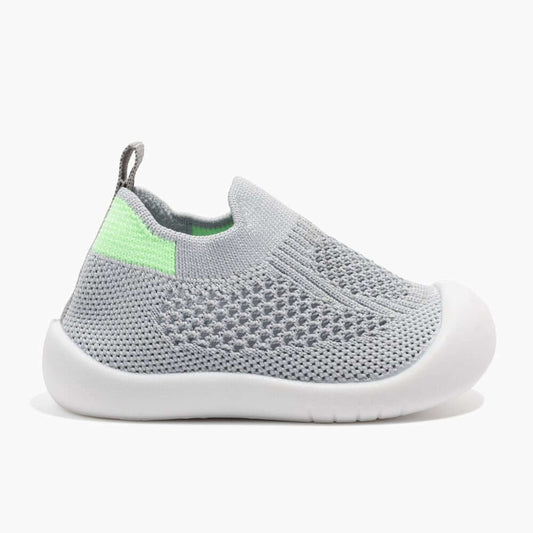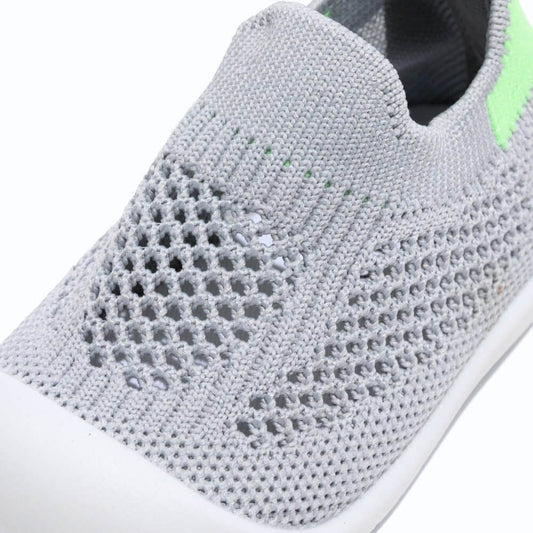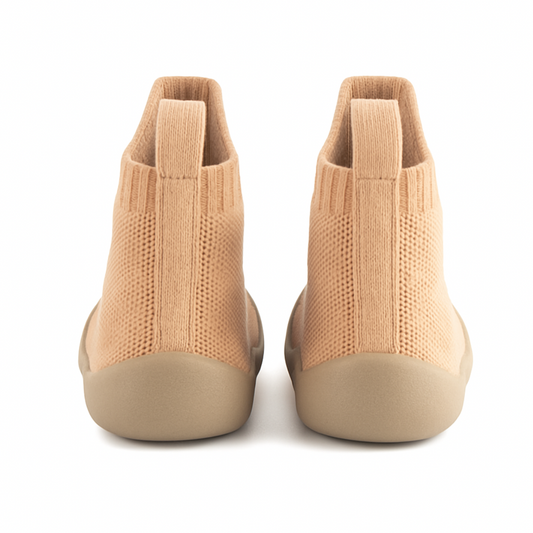
A Parent's Suvival Guide: Hand, Foot & Mouth Disease
As a parent, facing the times your child is sick can leave you feeling helpless. You can’t control the discomfort your little one is experiencing and while you’re weathering these times, it can even feel pretty scary.
If your child attends a daycare, you might have heard about the infamous Hand, Foot and Mouth Disease, or HFMD for short. It’s pretty common, as are other contagious illnesses that usually get passed around at child care facilities.
Experiencing HFMD is definitely one of those times that challenge you as a parent. Rest assured, if you go into it armed with some useful information, you’ll be able to keep yourself centered through the journey.
What Is HFMD?
Hand, Foot, Mouth disease is a virus that is most of the time experienced by children¹. And because toddlers are experts at sharing boogers and saliva drenched toys (not the sharing we were hoping for, right?) it spreads faster than you can say “Pass me the Purell!”.
You might be wondering, can Hand, Foot and Mouth disease be prevented? The answer in short — it’s hard to say. But if one child in the class has it, it’s a good idea to be prepared.
You’ll know when HFMD hits because the signs are pretty rough to witness. Symptoms of hand foot and mouth disease include bumps on the hands, feet and (you guessed it) mouth. Some cases can include a rash around the diaper area as well.
You might notice that the day before these rashes and bumps arrive, your once mac and cheese loving tot is now suddenly denying their favorite dish. Fevers, coughing, extra sniffles and even an increase in drooling are all accompanying signs.
Once HFMD is confirmed by your pediatrician, hang on to these 4 tips to get through the next week or so:
Hydration is Key
Since your child will likely be feeling under the weather, possibly experiencing a fever and/or sore throat, offer fluids frequently. Don’t be too alarmed if their hunger dips, so long as they’re not dehydrated.
Side step anything that would irritate the mouth sores, like orange juice or anything too hot. Ice pops or yogurt make for a cool sweet treat and will likely be received with a smile. But if not, back to water it is.
Don’t hold back on skin hydration either! The HFMD rash can leave skin itchy and scratchy. Consider running an oatmeal bath for a few nights and using a strong balm afterwards. Add some comfy pajamas, and you’ll have your little sweetheart on the mend in no time.
Unlimited Hugs
Fighting off HFMD symptoms is tiring and your little one will be sure to let you know this. Expect an uptick in crying and justified whining as the virus works its way through your baby’s system.
One of the best things you can do is to remain flexible, tossing the hard earned schedule you built out the window. Or... maybe just referring to it as a point of reference.
For sick days, it's best to allow some wiggle room around naps and meals. Plan to pile on the snuggles for extra comfort. Mama’s hugs definitely make things better!
Treat the Pain
In accordance with what your doctor recommends, consider confirming the use of fever reducing medications like Children’s Tylenol.
In some cases, swabbing Children’s Benadryl on the inner mouth sores could provide some relief. But make sure to confirm this with your pediatrician beforehand.
Hold On!
Remember that there’s a time limit to the discomfort. Most cases can clear up between a week and 10 days.
Every child is different, but if you can focus on keeping your child feeling loved and as comfortable as possible - you can do this. Soon, it’ll be back to adventures — getting those tiny feet back into toddler shoes and holding those sweet little hands.
Sources:
1. https://www.cdc.gov/hand-foot-mouth/about/signs-symptoms.html




